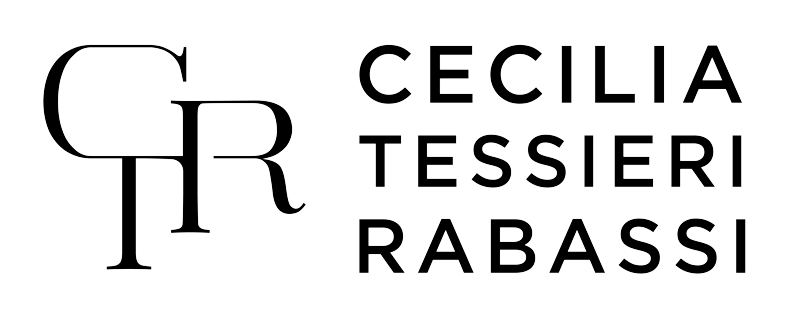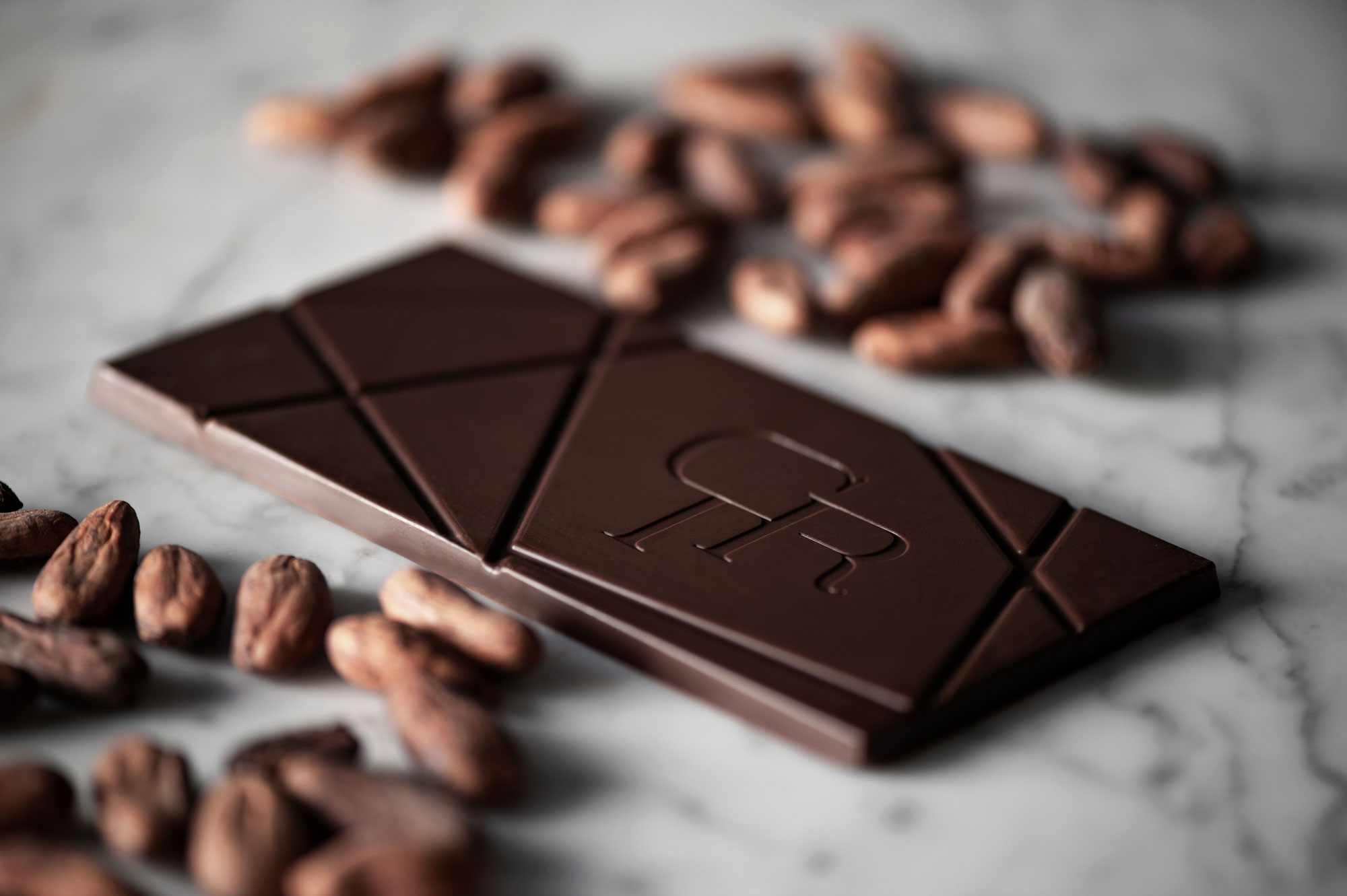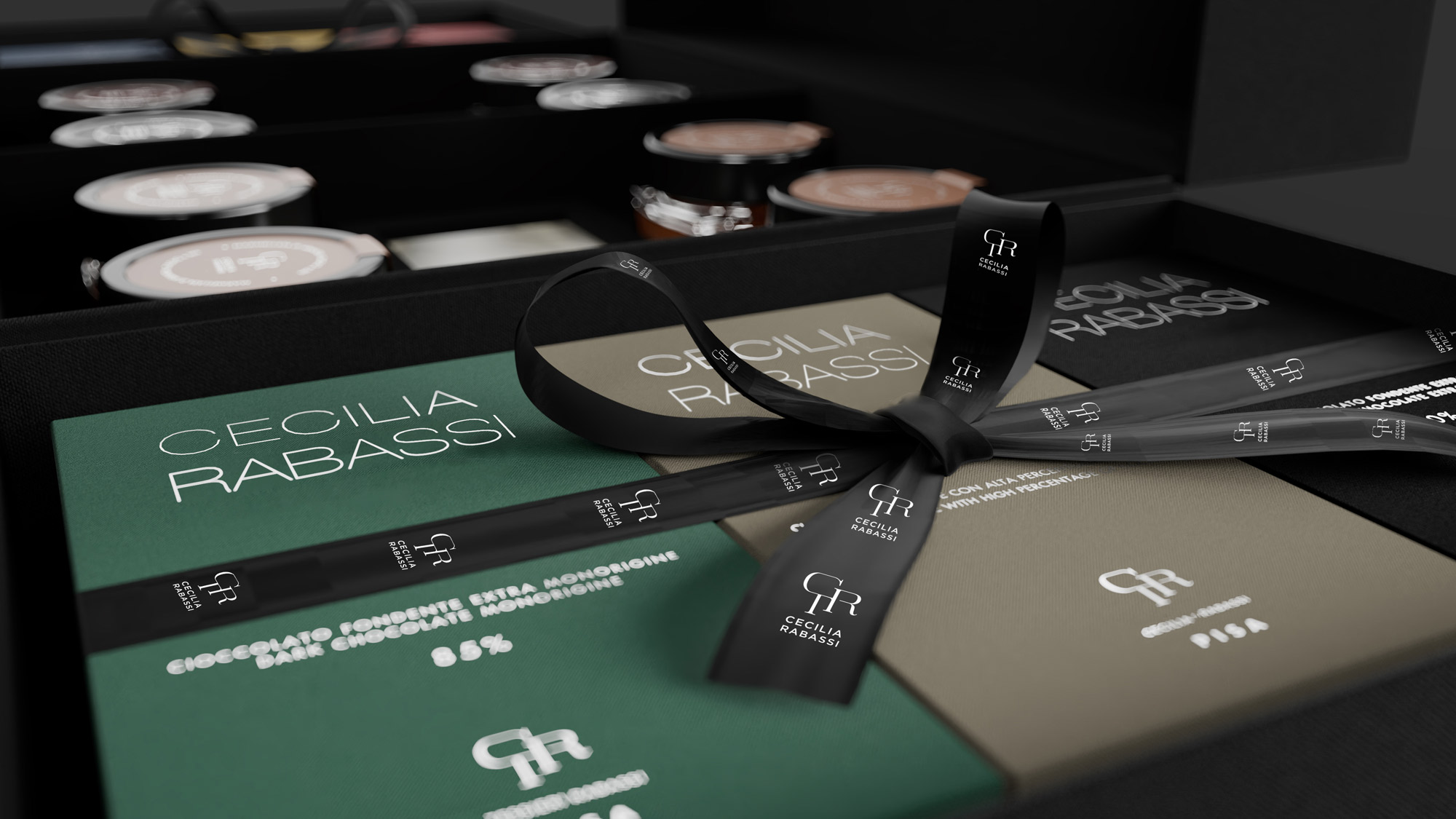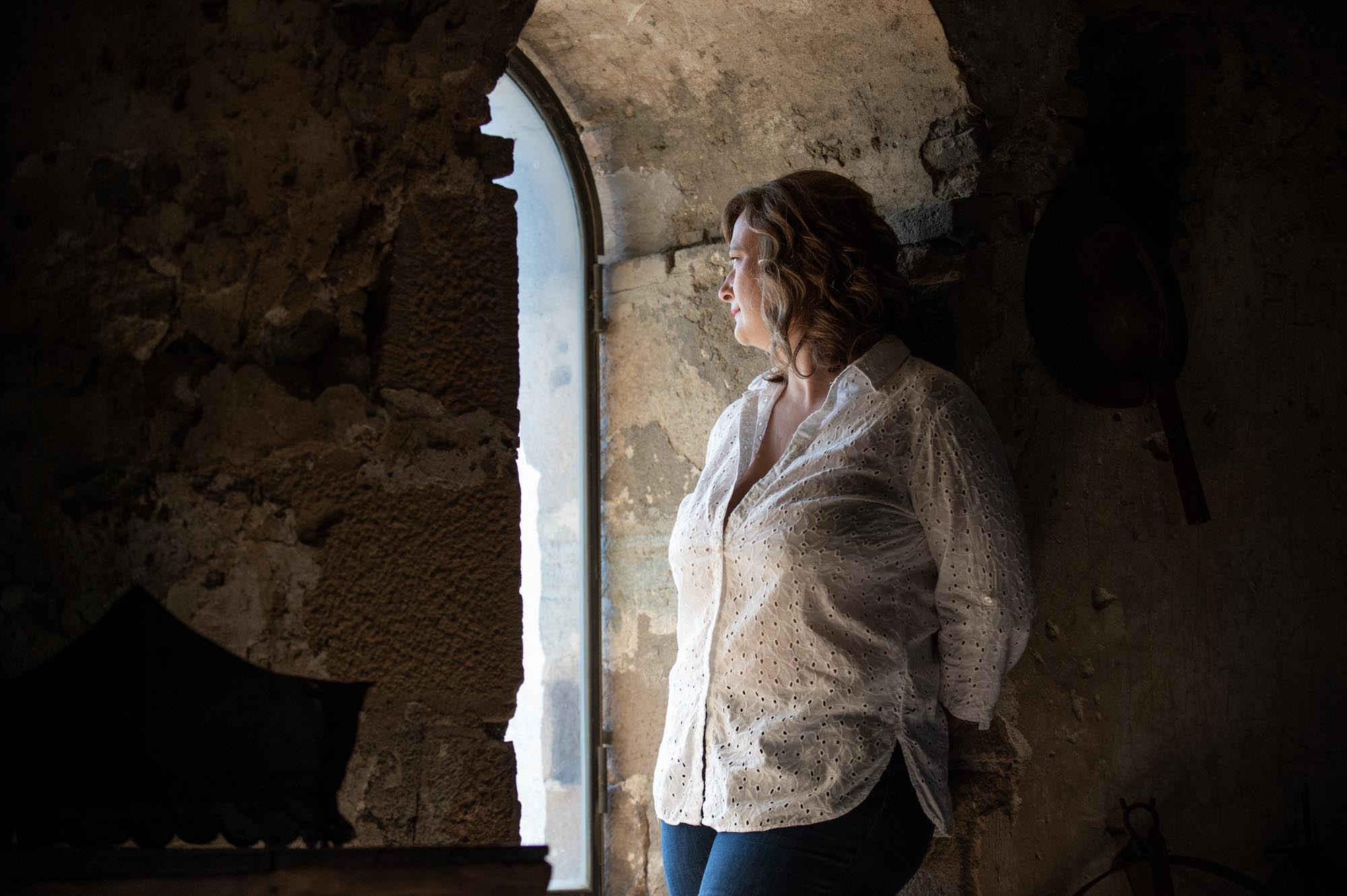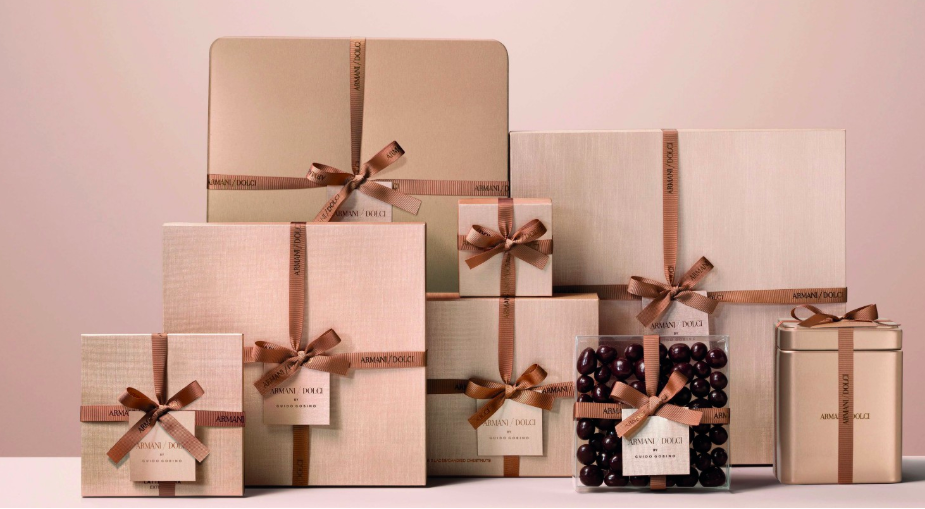
As with everything around us, packaging has also undergone and will undergo transformations linked to changes in society and its trends. If at the beginning of the century the container did not attract the slightest interest, as it did for the anonymous bottle of milk or coffee bag, over the years it has gained increasing importance. Packaging is the business card of the product, it makes it unique and recognizable and it is inevitable that it changes following the change in the tastes of the buyers. In particular, the generation of Millennials, i.e. those born between 1981 and 1996, is revolutionizing the packaging industry with its ideas and requests. Let’s see together how packaging is changing in recent years.
The importance of packaging in a marketing strategy
As we said, packaging has now become an essential element in a product’s marketing strategy. The packaging, in fact, must be not only a means but a real pleasant experience for the consumer whether he buys it for himself or for a gift. It must be the first step of a pleasure process that the product must provoke in those who buy it. For example, in recent years, the phenomenon of “unboxing” is spreading on social media: users recover when they receive a package and open it. This attention to the packaging and the first contact with it has led numerous companies to reassess the weight given to packaging.
A packaging talking to the consumer
Packaging therefore transforms itself from a mere vehicle of the product into a talking element. Numerous companies are studying methods to apply new technologies to packaging, so as to make them more interactive. The industry sectors most attentive to the theme of packaging are agri-food, cosmetics and the personal care sector in general, or those in which the product without a container has no consistency and personality. An industry that produces fruit products, for example, has applied a QR code on its packaging which, if read from a smartphone, tells the story and origin of the fruit: how and where it was grown, how it was processed and how which way it came to the buyer. This not only brings the product closer to the consumer but also creates a relationship of trust and transparency much sought after by those who buy in 2020.
Personalization in packaging
Another new packaging trend of recent years, which was born with the aim of bringing the product and the consumer closer, is that of personalization. Projects such as the Coca Cola campaign, which created bottles with personal names to invite you to consume the product with the person named, or the Kitkat initiative, which allowed you to customize the packs of the well-known snack with your photo or an image of your choice, their philosophy is to privilege human relationships, in which the product is only a means, which makes them possible and closer. Thus we move from a vertical brand-consumer relationship to a horizontal community dimension, aided by the product. Furthermore, the theme of packaging customization also opposes the sense of approval that very often affects the younger generations, that of the Millennials and that of the Gen Z (born from 1997 onwards): in a world of elements that are all the same, the possibility of making a product you use unique and yours is bound to have a good grip.
The packaging for Millennials: the keyword is sustainability
However, as we said, Millennials are revolutionizing the world of packaging in another direction too, that of transparency. According to some studies, new consumers choose products to buy very carefully, more than previous generations did. They rely on brands that reflect their values, that manage to communicate their philosophy and their mission and that use eco-sustainable materials and packaging with few polluting emissions in their packaging. For example, if they have to buy coffee, they prefer the one in a recyclable cardboard box and not a plastic one, which tells its own story and possibly promotes humanitarian projects aimed at supporting the economy of the producing countries: the new generations they are no longer willing to turn a blind eye to the production processes of the big brands, but are more informed and aware.
Ok, the packaging but don’t forget the quality of the product
That’s why 2020 packaging must be a central element in a marketing strategy: it must be able to tell a story and convince the buyer of the good intentions of the brand. Let’s not forget, however, that the quality of the product must respect the standards proposed by the packaging: especially if it is a question of food products, tasting must meet expectations and complete the pleasure experience begins with the view of the packaging. The goal must always be to leave the consumer with a beautiful memory of the whole experience.

